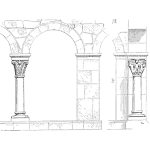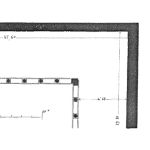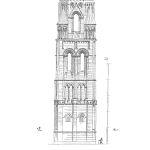
Can’t you make better decisions informed by good evidence? If not, it may be that your data isn’t fit for its intended purpose.
In the first part of this blog mini-series, I point out that the data in Maintenance Management Systems are very often “unfit for purpose” and I list several reasons for “why”.
[Read more…]










